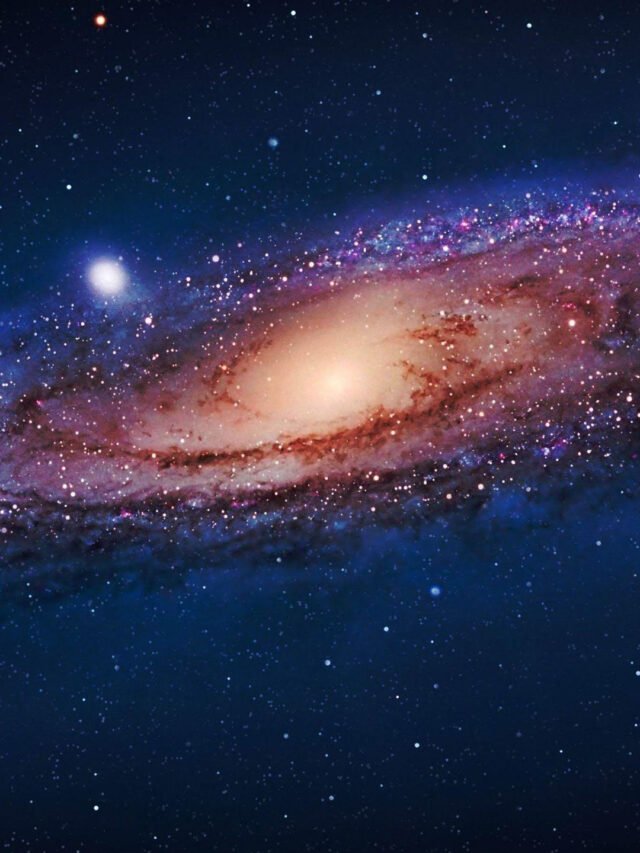
- Delhi’s AQI reaches 234, slipping into the “poor” category after two consecutive days of deteriorating air quality.
- The government announces a Winter Action Plan and bans firecrackers until January 1 to curb rising pollution levels.
- Key pollution sources include dust, transport emissions, and biomass burning, as winter approaches.
Why does Delhi’s air quality worsen during the winter season?
Following the Dussehra celebrations, the air quality in Delhi has taken a dip, with the Air Quality Index (AQI) reaching 234 on Monday. This marked the second day of “poor” air quality, a significant rise from Saturday’s “moderate” levels. Delhi’s AQI was last reported in this category on September 25.
AQI Levels and Health Impact
According to the Central Pollution Control Board (CPCB), an AQI between 201 and 300 is classified as “poor,” meaning it can cause breathing discomfort to people with prolonged exposure, particularly those with pre-existing health conditions. With winter around the corner, pollution levels are expected to spike further as cooler temperatures and stagnant air make pollutants linger in the atmosphere.
Government Response: Winter Action Plan
To address this annual pollution surge, the Delhi government has launched a 21-point Winter Action Plan. A key measure includes a ban on the production, storage, and use of firecrackers across the city, effective until January 1. Environment Minister Gopal Rai emphasized the government’s commitment to curbing pollution, focusing on raising public awareness and reducing major pollution sources like dust, vehicle emissions, and biomass burning.
Weather Forecast
Delhi also recorded a maximum temperature of 34.4°C on Monday, slightly above average for this time of year. The meteorological department forecasts partly cloudy skies for the coming days, with temperatures expected to range between 35°C and 18°C.




































Leave a Reply